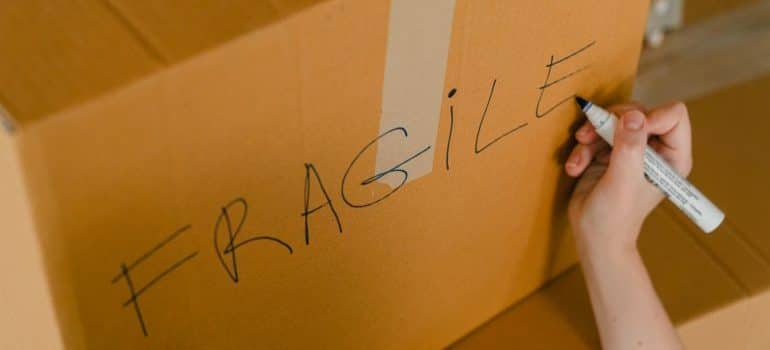How to insure your art collection when moving
If you need to relocate your artistic valuables, you are probably wondering how to insure your art collection when moving. First of all, you need to find the right fine art movers – they can surely help you with this matter. Other than that, you need to stay informed, so let us give you a few tips on this subject.
Do you really need to insure your art collection when moving?
If you are wondering do you really need to insure your art collection when moving, the answer is probably yes. This is because you never know what can happen, so it’s better to be safe than sorry. As we said, many moving companies Hallandale Beach who do art relocation will surely be able to help you out. So, ask your movers, get all the info you can get, and be sure to organize your relocation in advance.

Where to start?
The right procedure when insuring art collection would be proving that the collection belongs to you and getting documentation of its value. We know we are not reinventing the wheel here, but you will need proof of ownership, bills, recent appraisal, and other important documents. You can start by searching for white glove movers near me that can help you with this. White glove movers will know the entire procedure and will be able to help you with any questions you may have.
Having reliable movers is crucial
Choosing the right moving company such as Pro Movers Miami when moving your art collection is crucial. Only a professional and reputable relocation team will know what to do with your valuable collection. Reliable movers will know both how to pack and move your items and be able to provide you with advice on rules with regard to customs and taxes. Be sure to check any transit changes and storage location and make sure that the service providers have adequate fire and security measures in place.
Also, you can ask for updates during packing and transportation. A good moving company will ensure safe conditions and guarantee no damage to your valuables. Some things can be sent through mail but most artwork requires special packing and storage. If your artwork is really sensitive, ask for climate control measures and a GPS tracking system. Keep in mind that there are different options for insurance coverage for both international and local transit.
What will happen if your artwork is damaged?
First of all – there is a very slim chance this will happen if you hire professionals. Accidentally or intentionally, damaging a work of art brings a lot of trouble both for the work and the one who damaged it, as well as for the company itself.

All museums in the world have certain frames that enable the constant protection of art artifacts. But what happens in transport? Well, when a work of art suffers certain damage, video surveillance footage is first analyzed to determine the causes of the damage. If it is determined that it is an accident, the person responsible for the damage will not be prosecuted, but the insurance that is responsible for that work of art will cover the costs of its repair.
Repairing damages is nowadays easier than ever
Even if your artwork experience certain damage, nowadays repairing is easier than ever. In order to repair the damage done, the curators resort to certain methods:
- Elementary cleaning. This process is performed with the help of a brush to remove dust or with the help of non-abrasive agents that provide proper protection of the work.
- Dry cleaning. It is performed when the work of art has suffered more serious damage that requires the removal of waste parts.
- Fixing process. When a work of art is cracked, this method strengthens it and prevents its greater damage, which could completely destroy the work.
- Implantation. As the name suggests, this method consists of the installation of missing parts in a work of art when it is broken.
- Reintegration of paint. Applied when the restorer with the help of special paints wants to cover cracked or scratched parts of the work of art.
The insurance company uses the help of a professional appraiser who determines the policies for damaged works of art. Some insurances cover works of art from the moment they leave the place where they were created and are transported in case of traveling exhibitions, while other insurance policies cover damages of works of art in cases of earthquakes or fires.

Create a safe environment for your artwork
Famous works such as Michelangelo’s “Pieta” were once damaged by the fault of irresponsible people. In 1972, the Australian geologist Laszlo Toth tried to destroy the legendary Renaissance masterpiece with hammer blows, shouting “I am Jesus Christ, I have returned from the dead!”. Before they overcame him, this mad perpetrator gave the sculpture 15 blows with a hammer, during which he managed to break off her arm, part of her eyelid, and nose. Currently, this work of art is on display in St. Peter’s Basilica behind protective glass.
Once you move your artwork collection, ensure that you do so securely. If you are not sure how to do so, hire a professional art installer or check with the gallery staff if they are able to do this for you. Also, you need to make a safe environment for your valuables. We hope you found our tips on how to insure your art collection when moving useful. Good luck!
